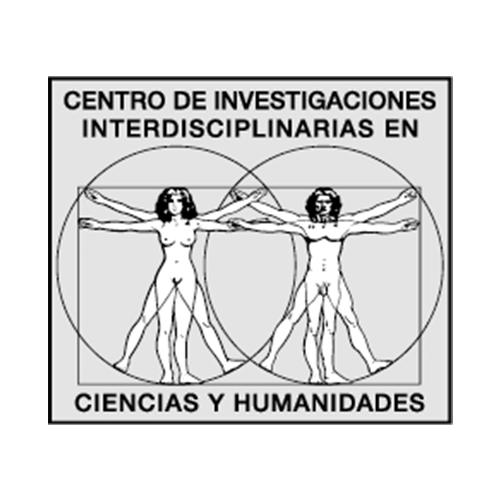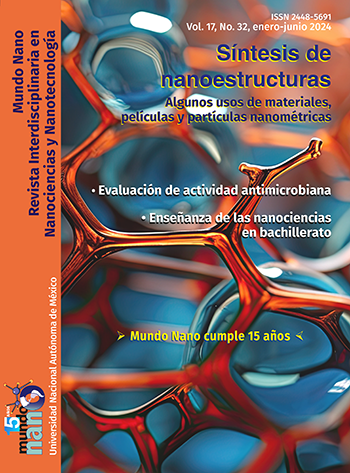Implications of nanomaterials used in agriculture: a literature review of benefits and risks for the sustainability
Main Article Content
Abstract
The properties of nanomaterials and nanoparticles, such as mechanical, chemical, thermal, optical, electrical, and biological make their application possible in the industry: medicine, cosmetics, automotive, personal hygiene, electronics, agriculture, and environment, among others. For more than two decades, nanotechnology has been considered a breakthrough technology for the agricultural area. Research on these materials has shown the potential of nanometric materials as biostimulants of plants’ growth and morphological and biochemical characteristics. In addition, nanoproducts can be developed to control pests, diseases, and weeds, among others, with the combined action of nanomaterials and plant metabolites, providing benefits for agriculture. With the information gathered, it has been shown that the controversial effects of nanotechnology applied to agriculture continue to be investigated. Still, in the coming years, with the emergence of new tools, new methodologies, and multidisciplinary work, future research will show evidence in the trophic chain and possibly palpable effects on the human body.
Downloads
Article Details

Mundo Nano. Revista Interdisciplinaria en Nanociencias y Nanotecnología por Universidad Nacional Autónoma de México se distribuye bajo una Licencia Creative Commons Atribución-NoComercial 4.0 Internacional.
Basada en una obra en http://www.mundonano.unam.mx.





